Canterbury Cathedral: Architectural wonder, place of worship, and site of one of history's most infamous murders
Canterbury Cathedral is the seat of the Church of England, the end of the nation's most famous pilgrimage route, and a place where 1400 years of history can be seen.
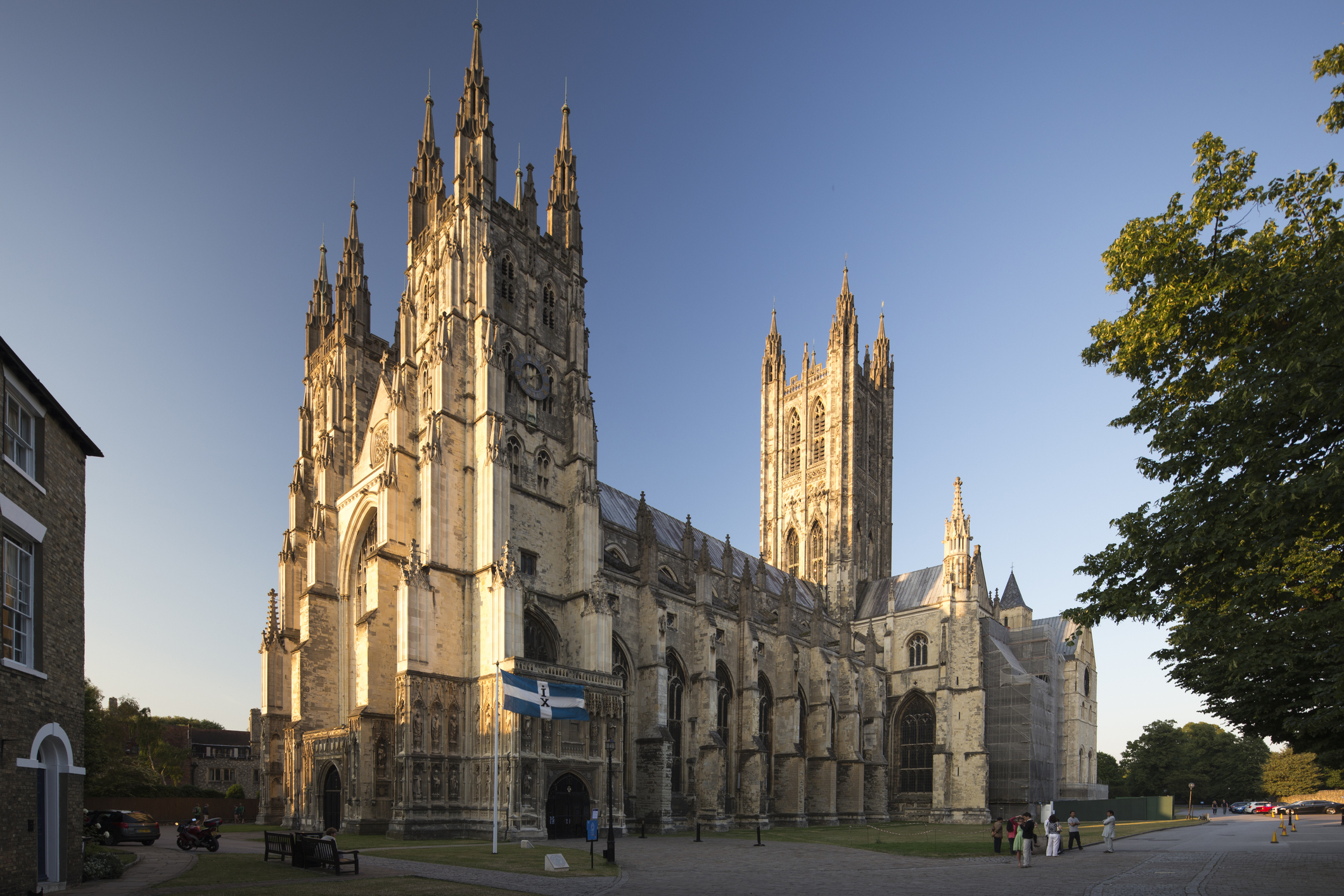
Pilgrimage was the medieval Grand Tour. When Chaucer’s band of pilgrims set out from the Tabard Inn in Southwark, their destination was the shrine of Archbishop Thomas Becket in Canterbury Cathedral.
Demolished in 1538, the shrine was partly made from pink marble from Italy and there are still pink columns nearby. The colour recalls the saint’s brains, which spilled onto the floor when the top of his head was sliced off by knights serving Henry II in one of the best-documented events of the Middle Ages. Even Henry's angry outburst that sparked the assassination is still remembered: the words 'will no one rid me of this troublesome priest?' have entered the language. And Henry himself became a pilgrim to Canterbury, paying penance for the violent death of his erstwhile friend by walking barefoot through the city and visiting the shrine. Some accounts even say he wore a hair shirt as he did so, and was flogged when he arrived.
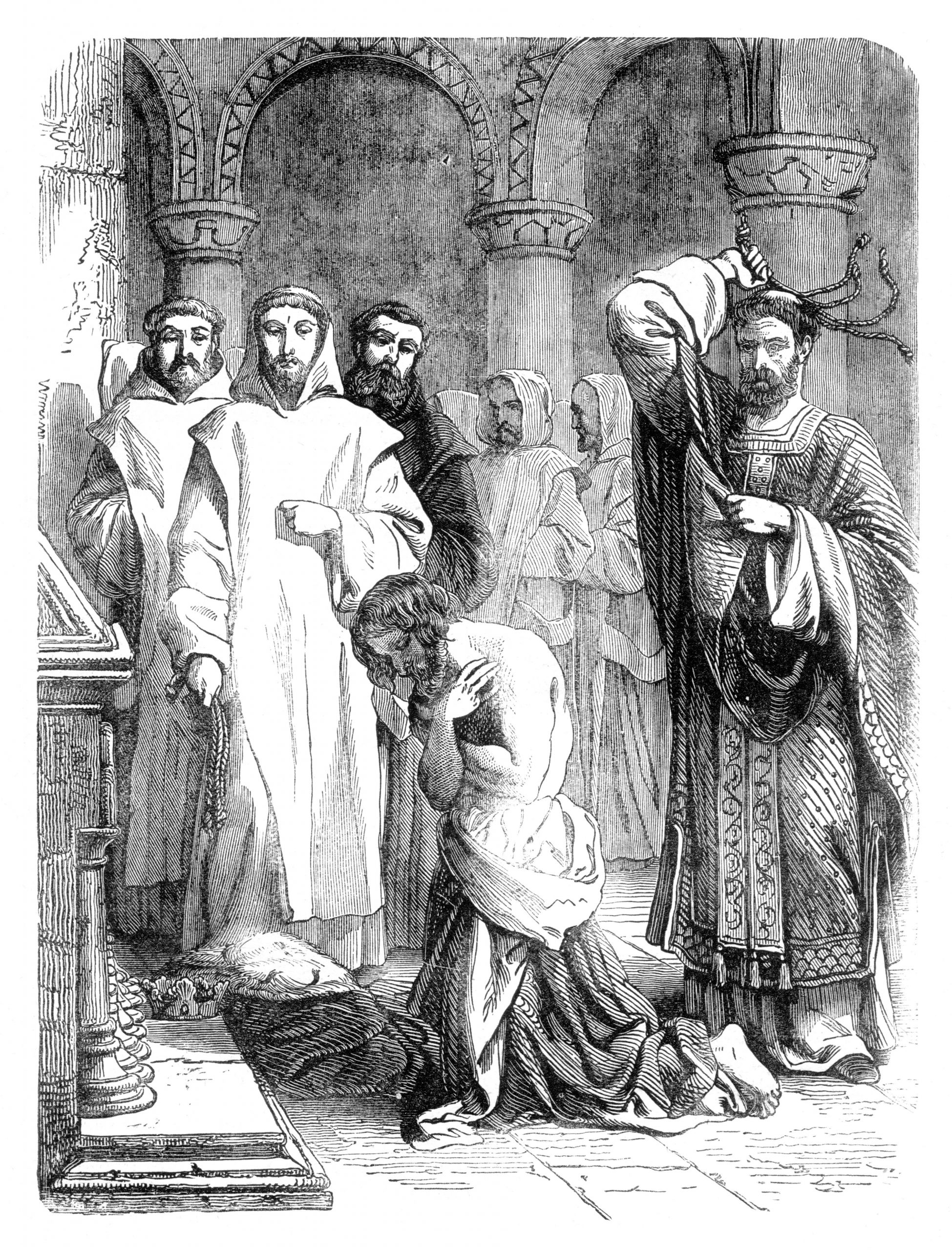
The cathedral dates from the reconversion of parts of England to Christianity by St Augustine shortly before AD600. Augustine had been invited to Kent by King Ethelbert, whom he converted, and was given a cathedral from which he could pursue his mission. When the building was destroyed by fire in 1067, it was replaced by a Norman one — magnificent by the standards of the time, but not nearly as spectacular as what was to come. Subsequent generations added further embellishments, especially following another fire
Despite the Dissolution and the Civil War, the pavement on which Becket’s shrine stood, made in 1220, survives (roundels depict the zodiac, the seasons, virtues and vices, and mythological beasts), as do the Miracle Windows, portraying the miracles attributed to the saint. It is not the oldest stained glass in the cathedral: that — recently discovered under Victorian restoration — dates from the late 12th century and depicts pilgrims.
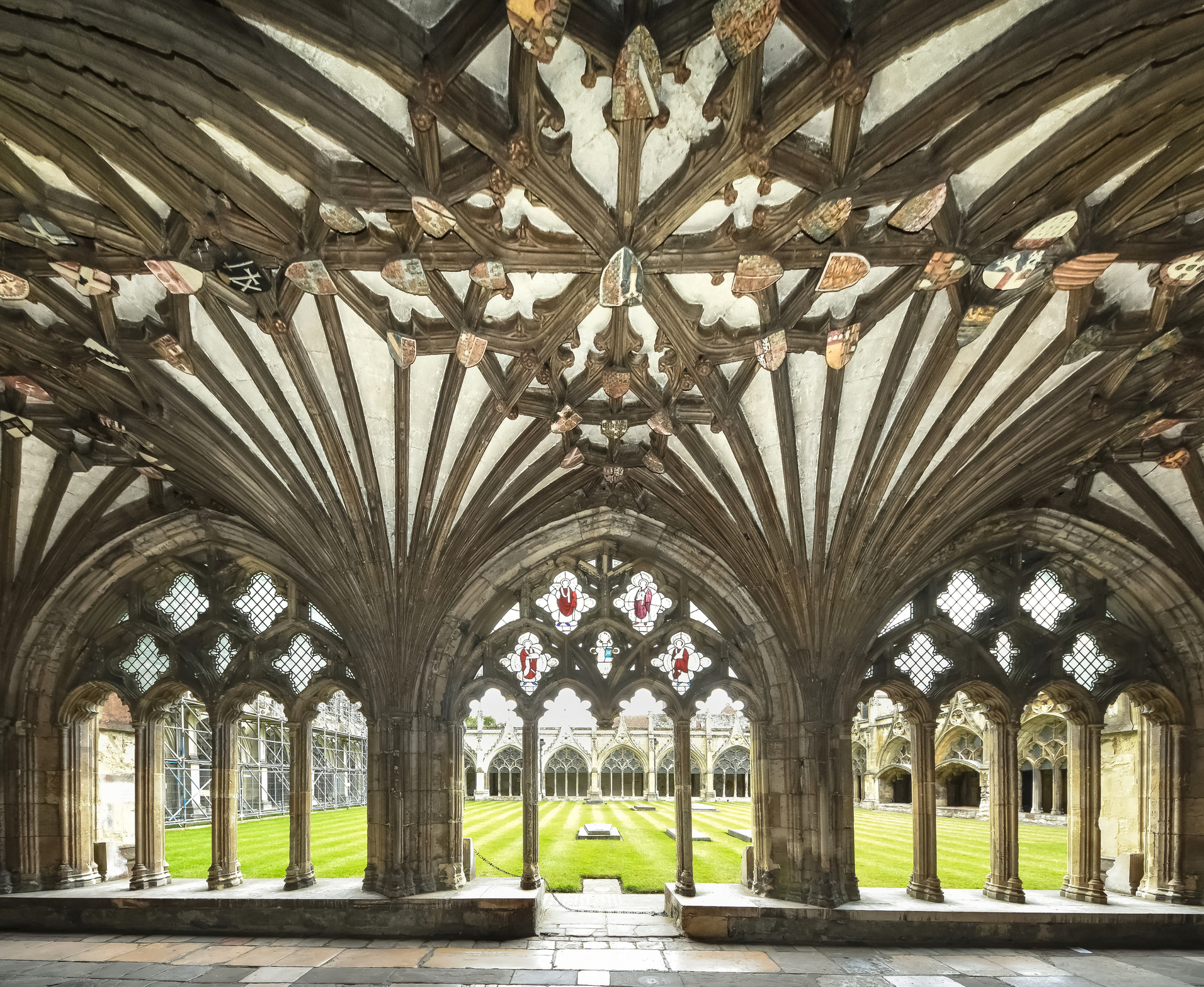
The feast of St Thomas Becket at Canterbury Cathedral
Becket's feast day falls on December 29, 'and Canterbury Cathedral does it well' wrote our Country Mouse columnist after experiencing it ten years ago. 'During a service that combined plainsong in Latin with readings from T. S. Eliot’s Murder in the Cathedral, we processed with lighted candles.

'Henry VIII may have ended the cult established after Becket’s death in 1170, destroying the jewel-encrusted shrine, but the cathedral still bears physical traces of it. Twilight, incense, the immensity of the Gothic arcades, the immanence of history — it was a thrilling experience.'
How to visit Canterbury Cathedral
The cathedral is at the very centre of the ancient city, which is 60 miles south-east of London and easily accessible by train, bus and road.
Exquisite houses, the beauty of Nature, and how to get the most from your life, straight to your inbox.
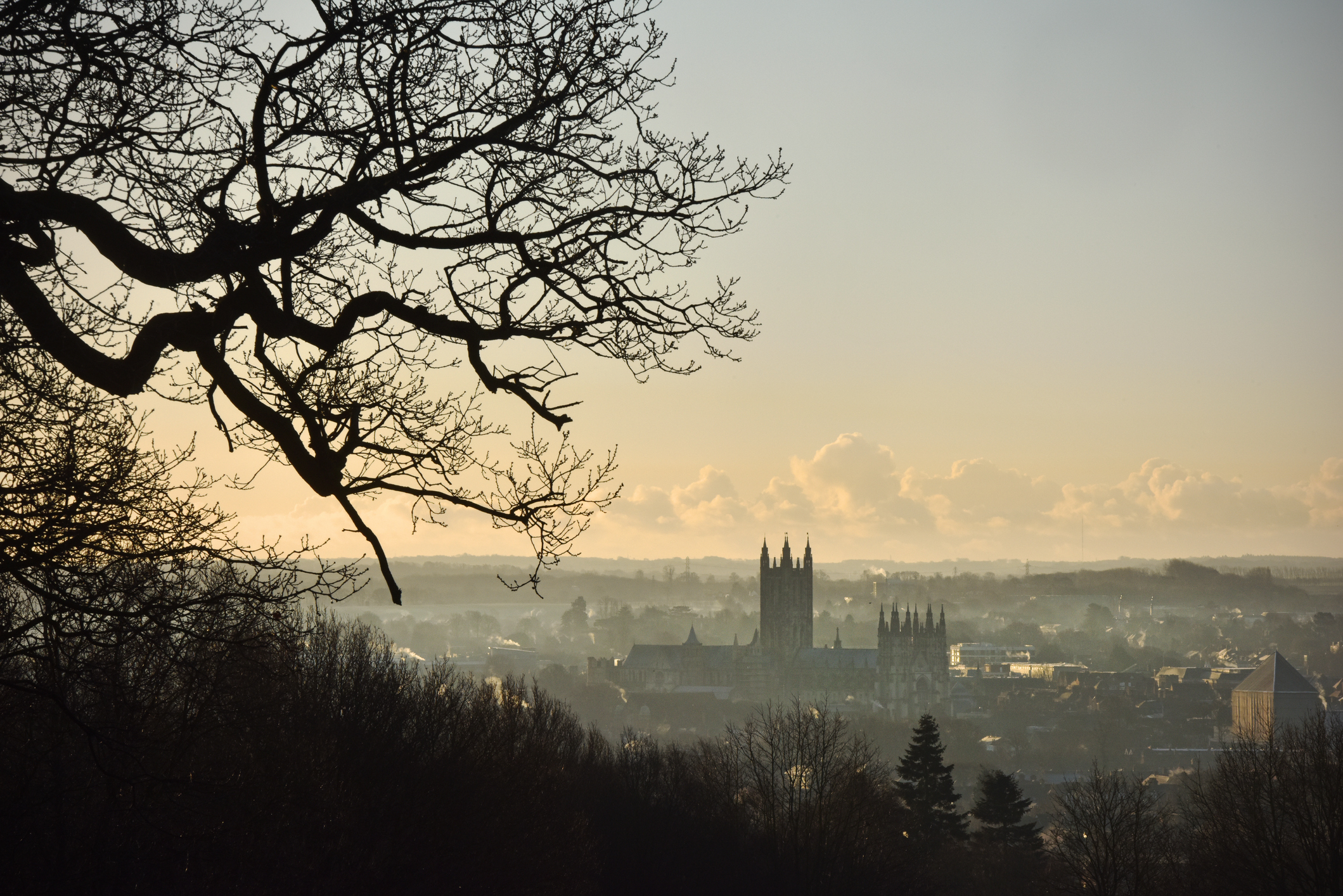
It's open every day, and adults tickets are £15.50 — see www.canterbury-cathedral.org for more details. If you're going to worship, entry is free; there's a daily eucharist at 8am, and a daily evensong at 5.30pm, as well as an 11am service on Sundays and a lunchtime service on Wednesdays and feast days.
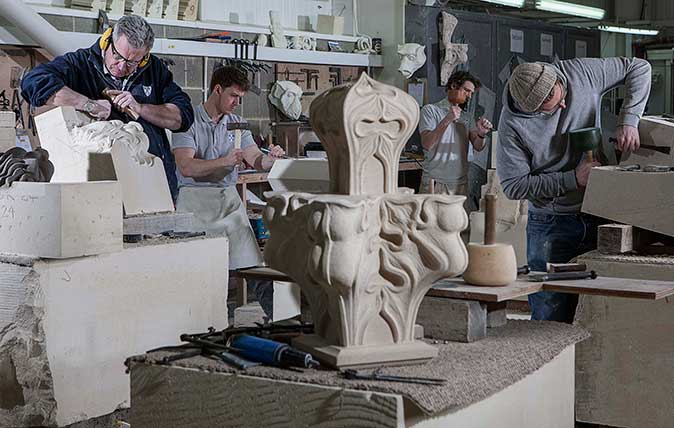
Credit: ©Richard Cannon/Country Life Picture Library
The Stonemason: 'Working on a cathedral is the pinnacle of architectural stone-masonry'
A team of stonemasons is hard at work restoring Canterbury's magnificent cathedral, employing techniques that have been used since the
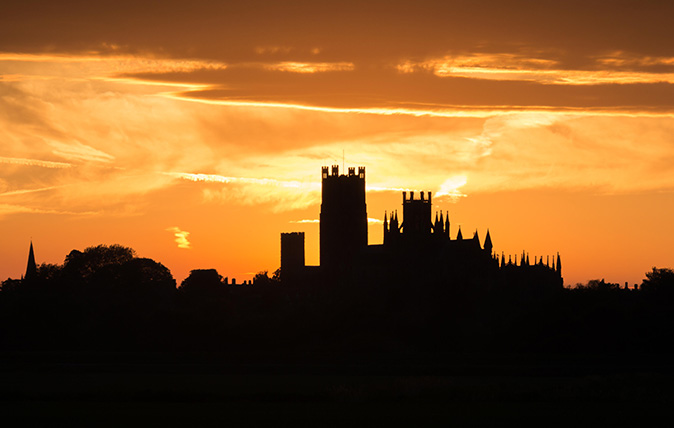
Six of the finest and most liveable cathedral cities and towns in Britain
Britain’s cathedral towns and cities are beautiful to look at, great to live in and well worthy of investment. Eleanor

Skara Brae: The prehistoric village on Orkney that's older than Great Pyramid of Giza
The best-preserved Neolithic settlement in Europe isn't in a French cave or an Italian hillside; it's Skara Brae on Orkney,

The Uffington White Horse, Oxfordshire
Thousands of years ago, ancient Britons created a vast and spectacular stylised portrayal of a horse in the hills of
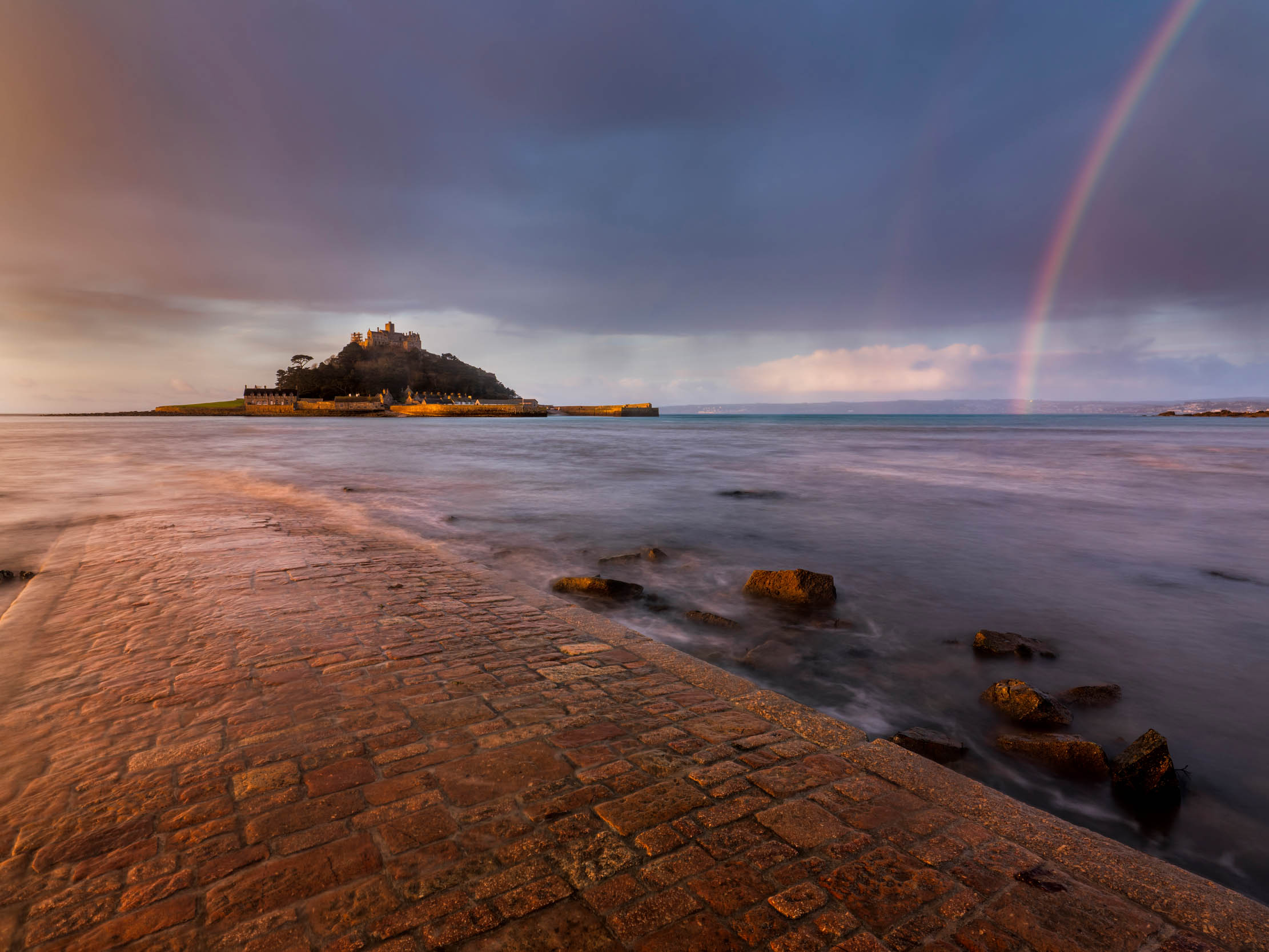
St Michael’s Mount, Cornwall: The monastery that became a castle that became a home
Few spots on the coast of Britain are as romantic and storied as St Michael's Mount in Cornwall.

Glastonbury, Somerset: The place where the Holy Grail came to Britain
The ancient town of Glastonbury is synonymous without spirituality, mysticism and legend — and it's an unmissable stop-off on our list
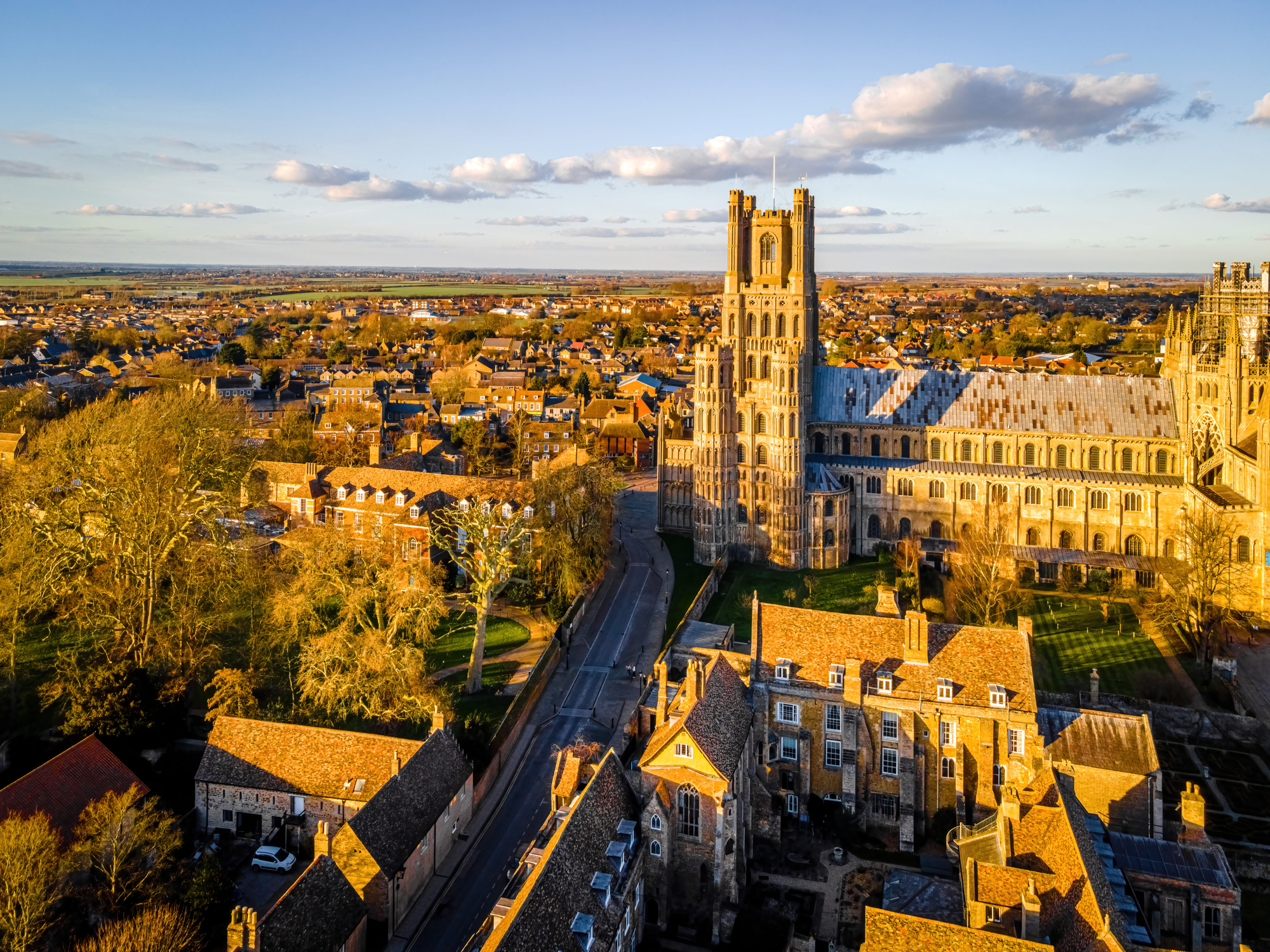
The Island of Ely, Cambridgeshire: Where 85ft above sea level is almost a mountain
Clive Aslet takes a look at Ely, the beautiful and ancient city that can be seen from miles around in
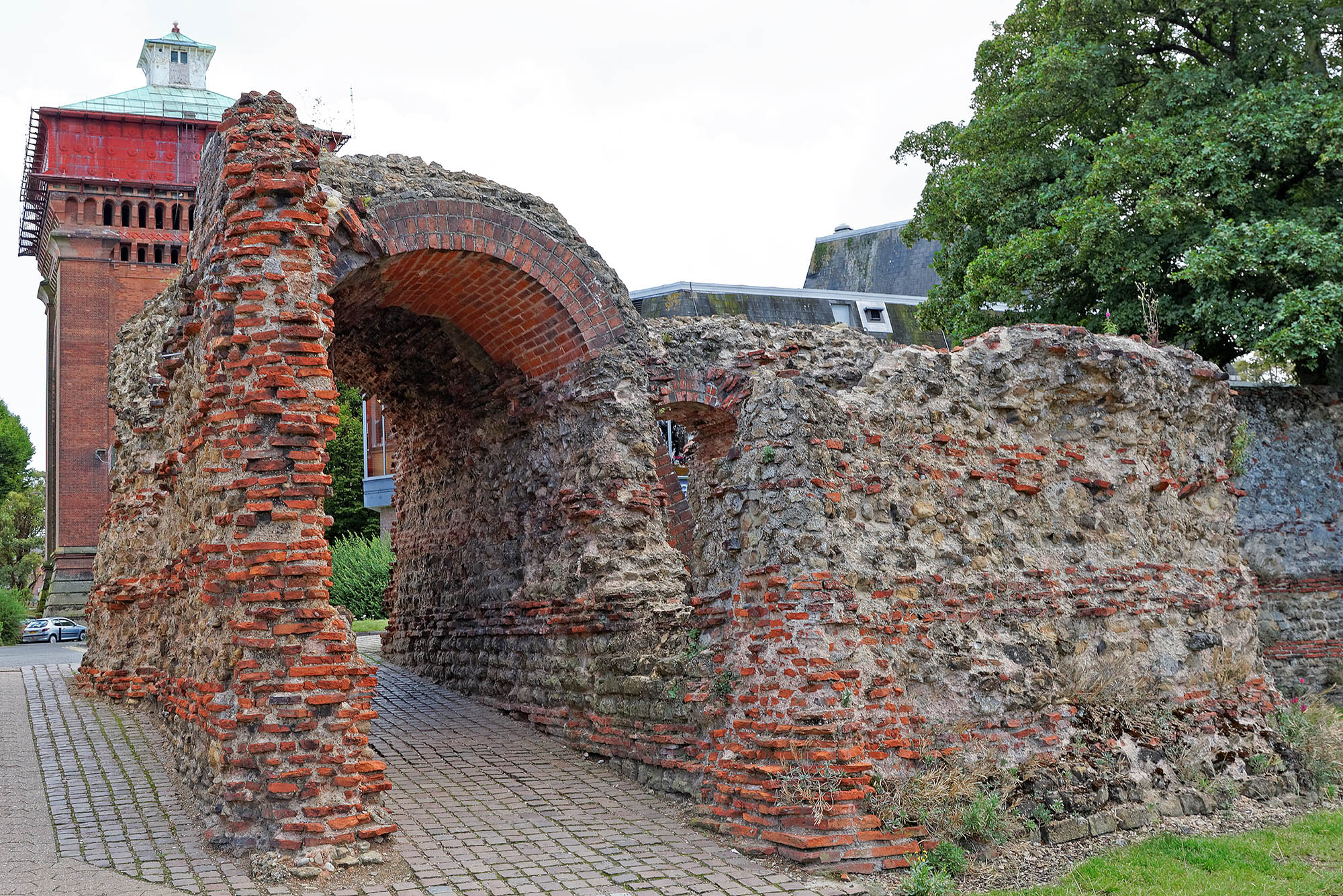
Colchester, Essex: The purpose-built capital city of Roman Britain
Clive Aslet considers the town that was one of Roman Britain's greatest cities — and even, for a while, its capital: